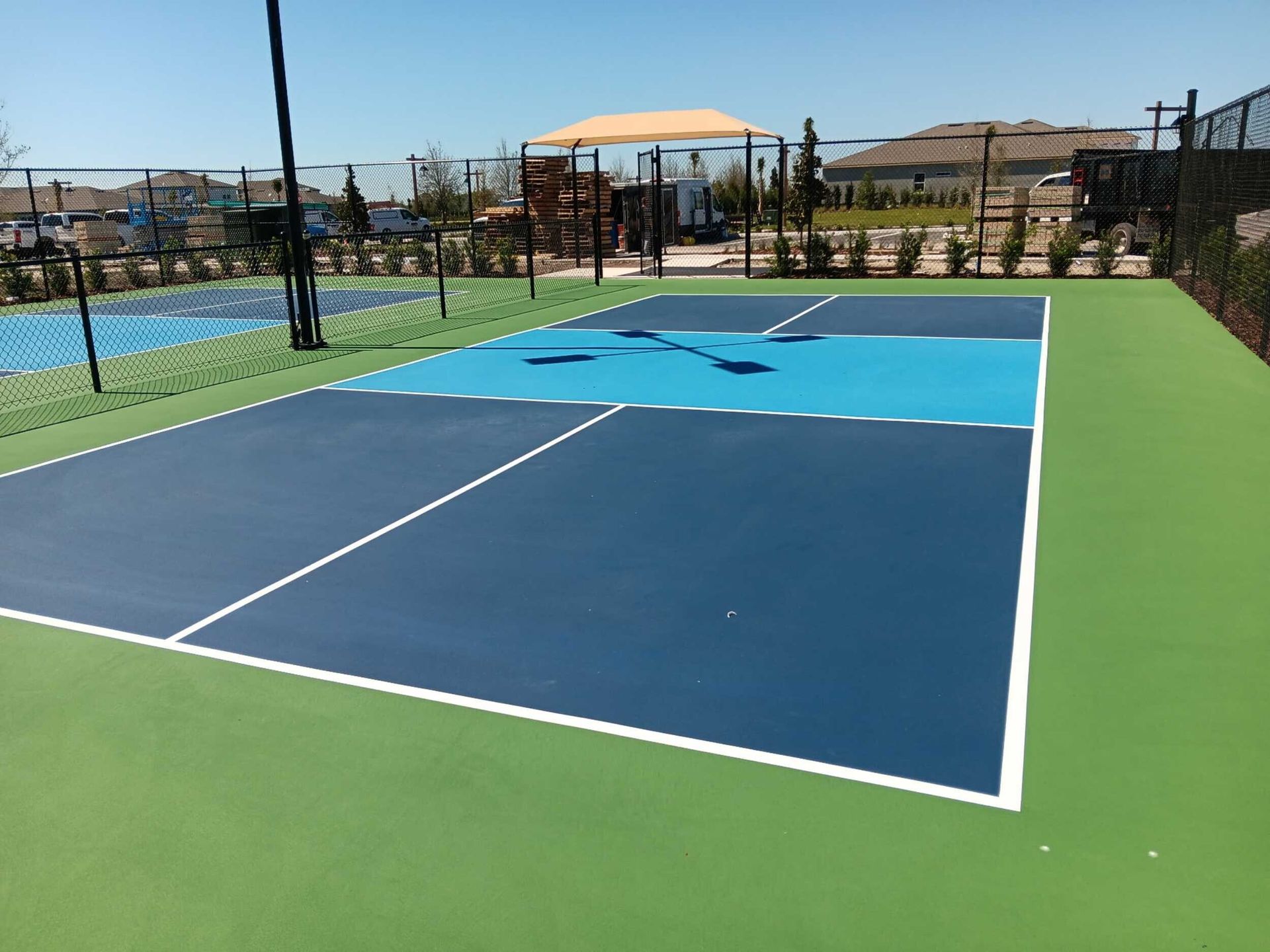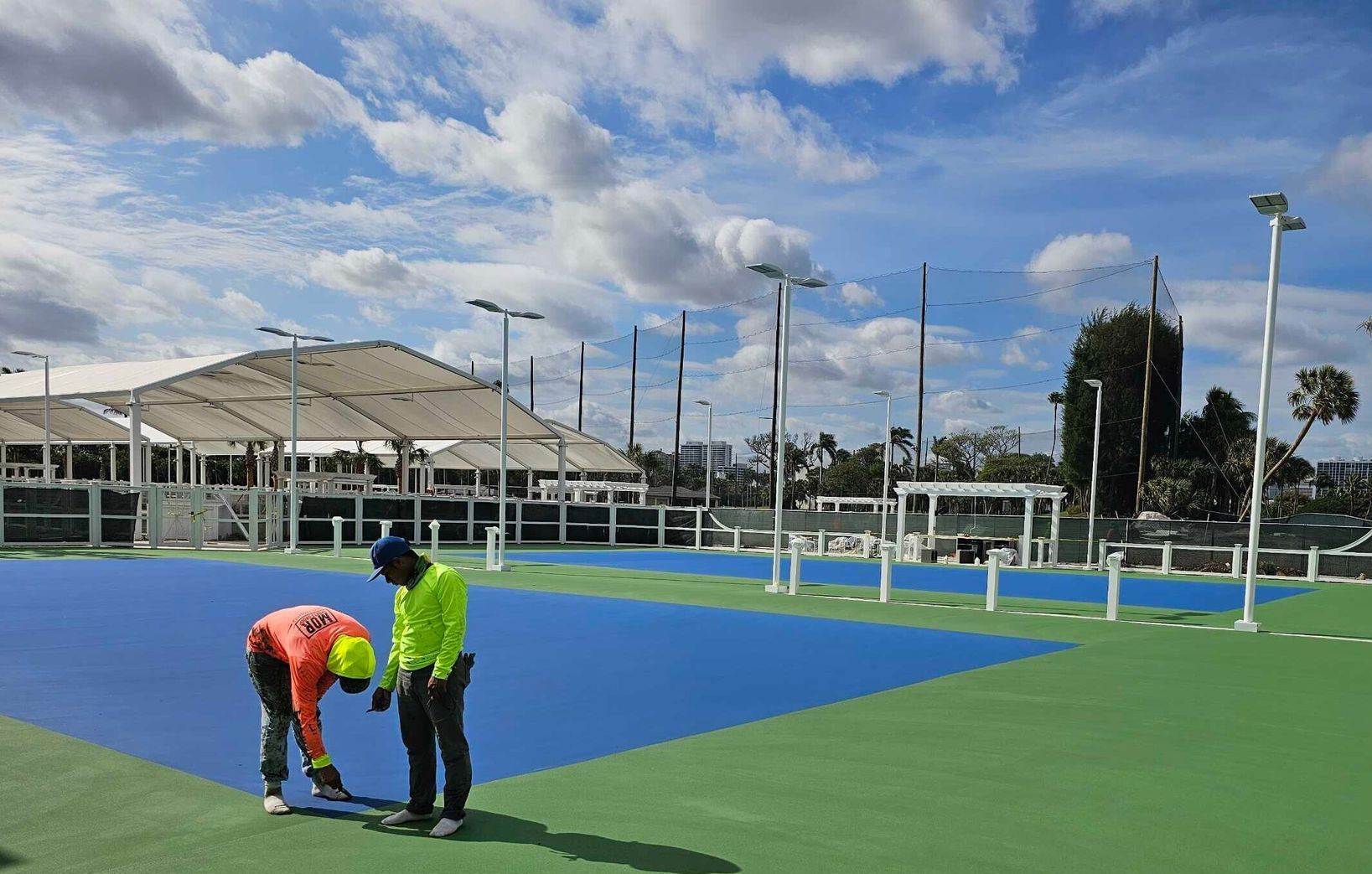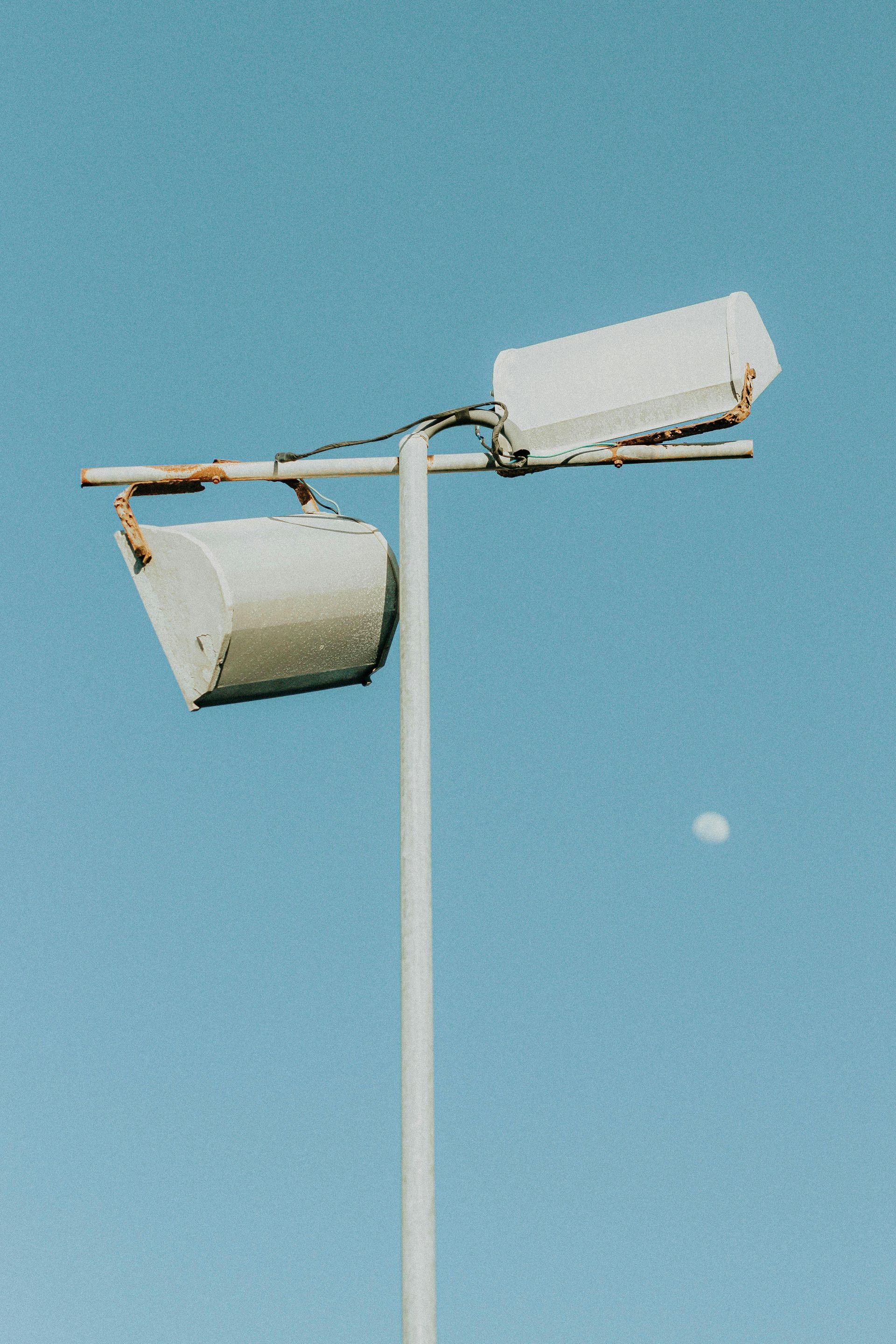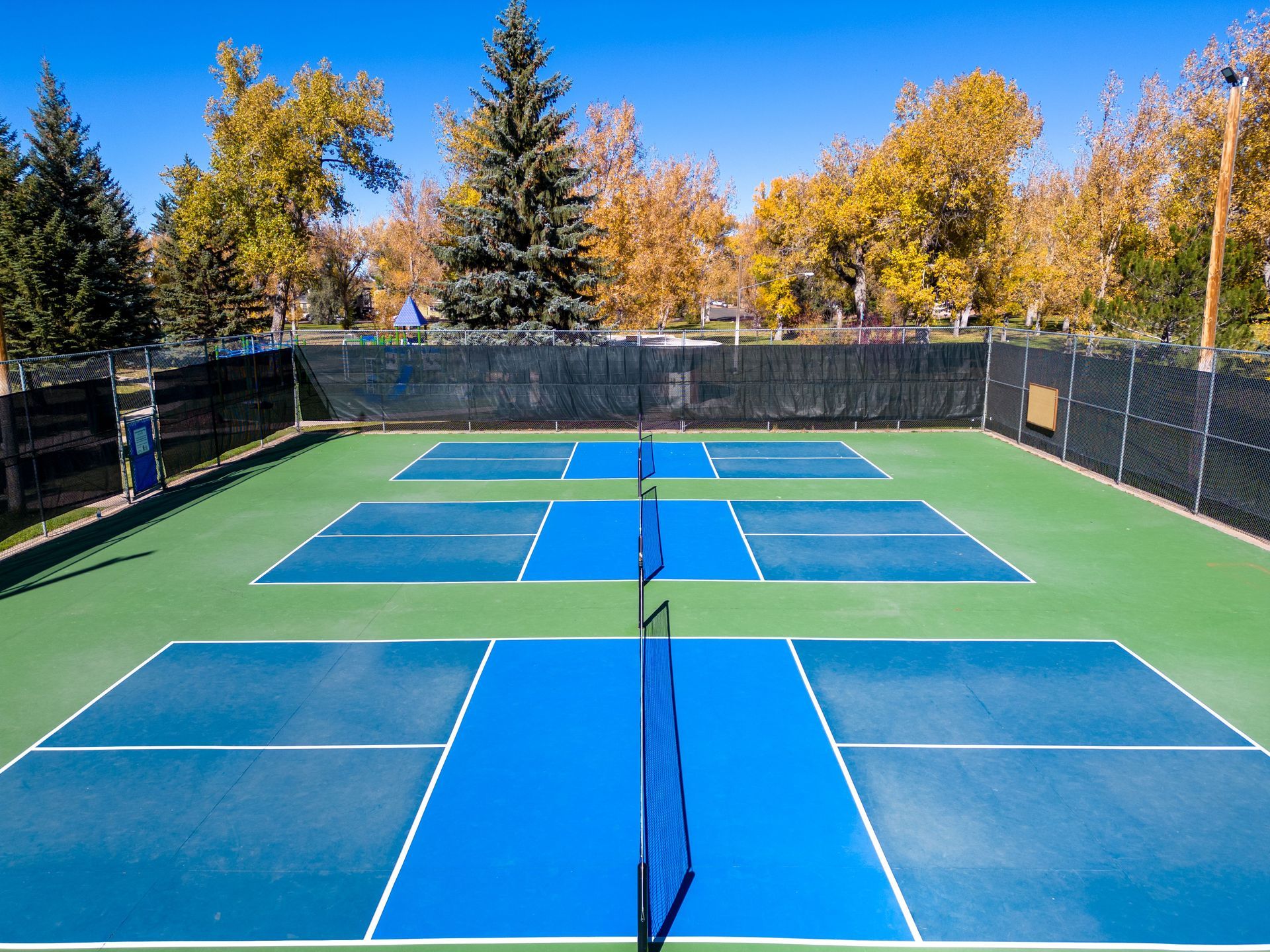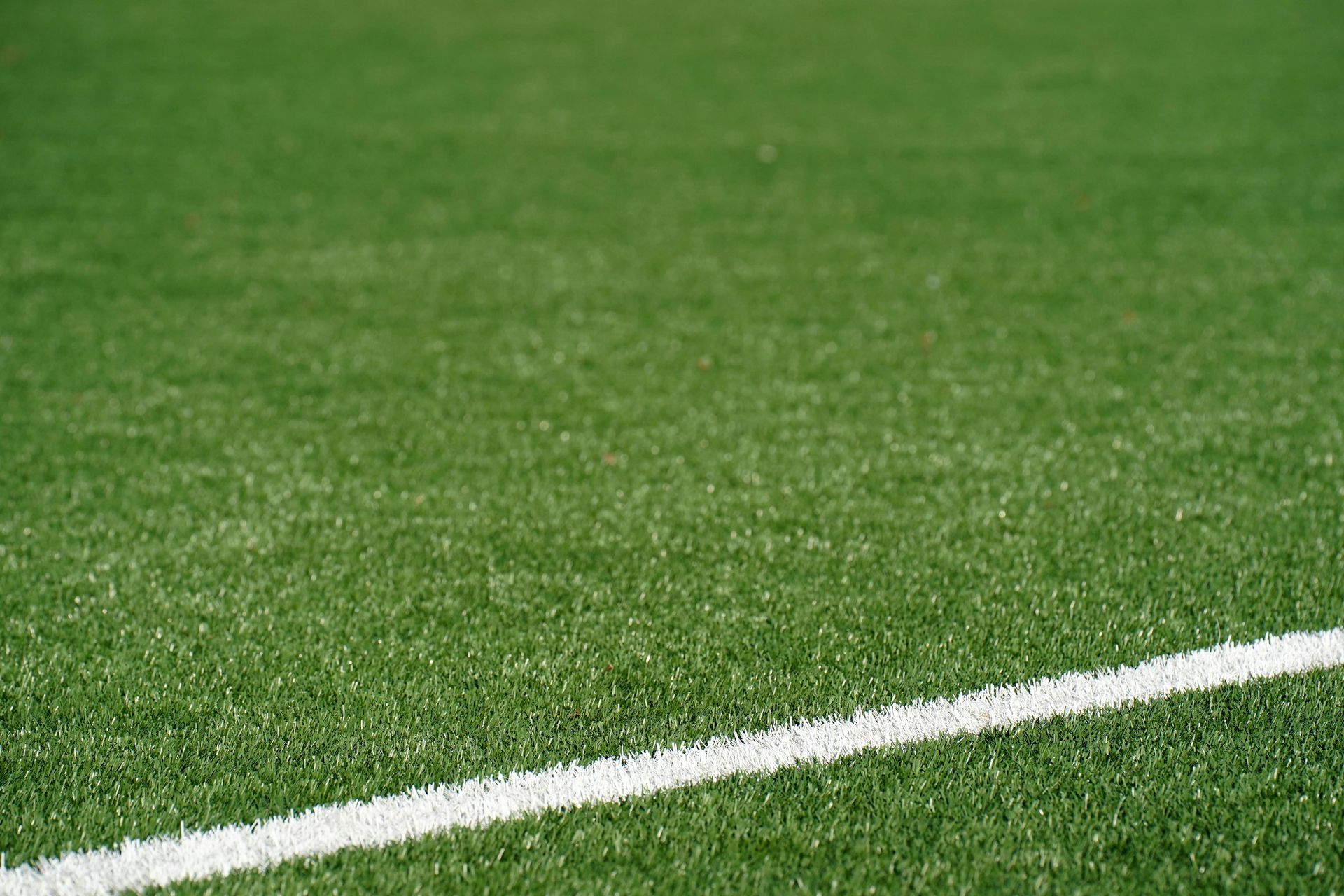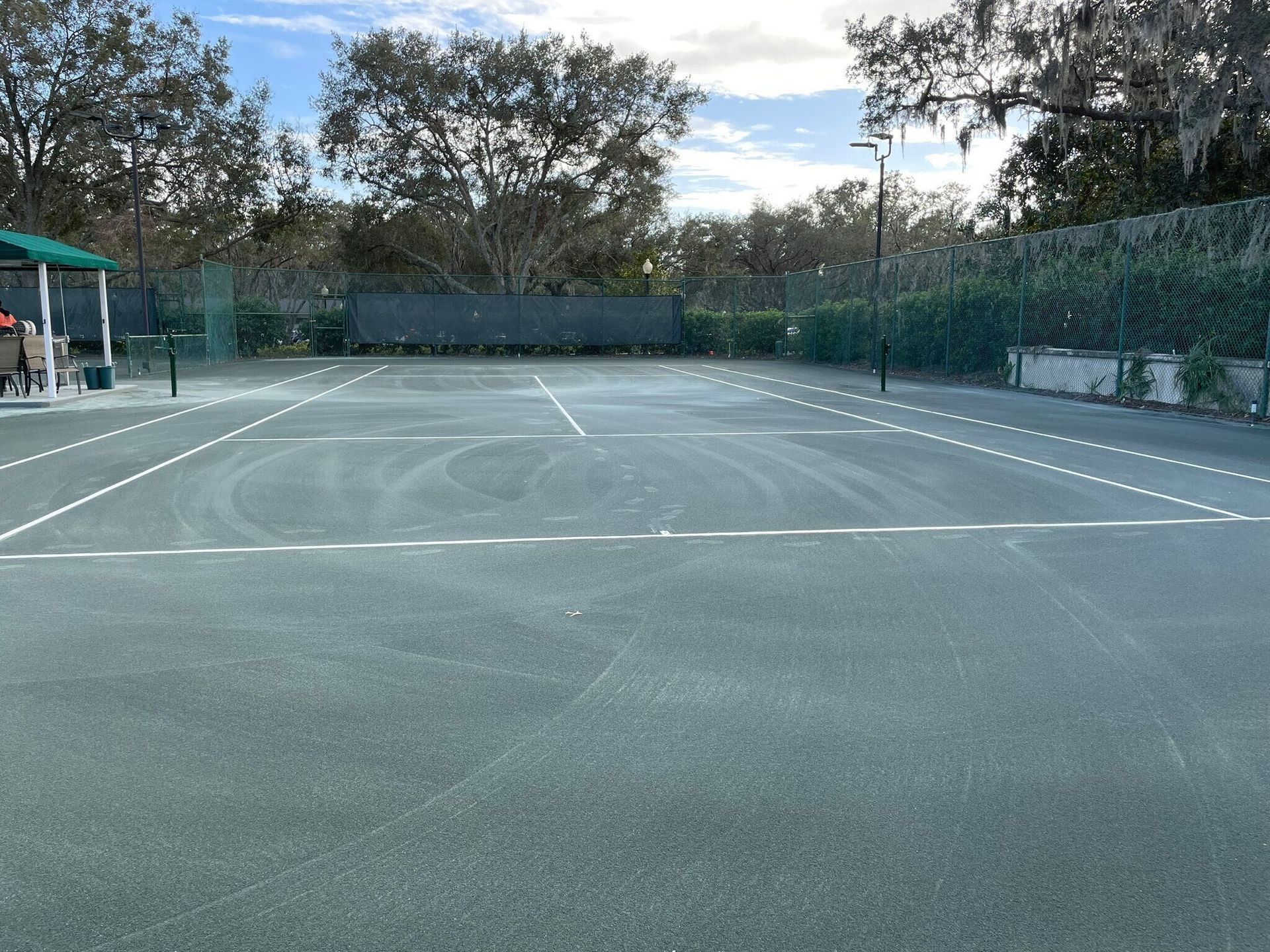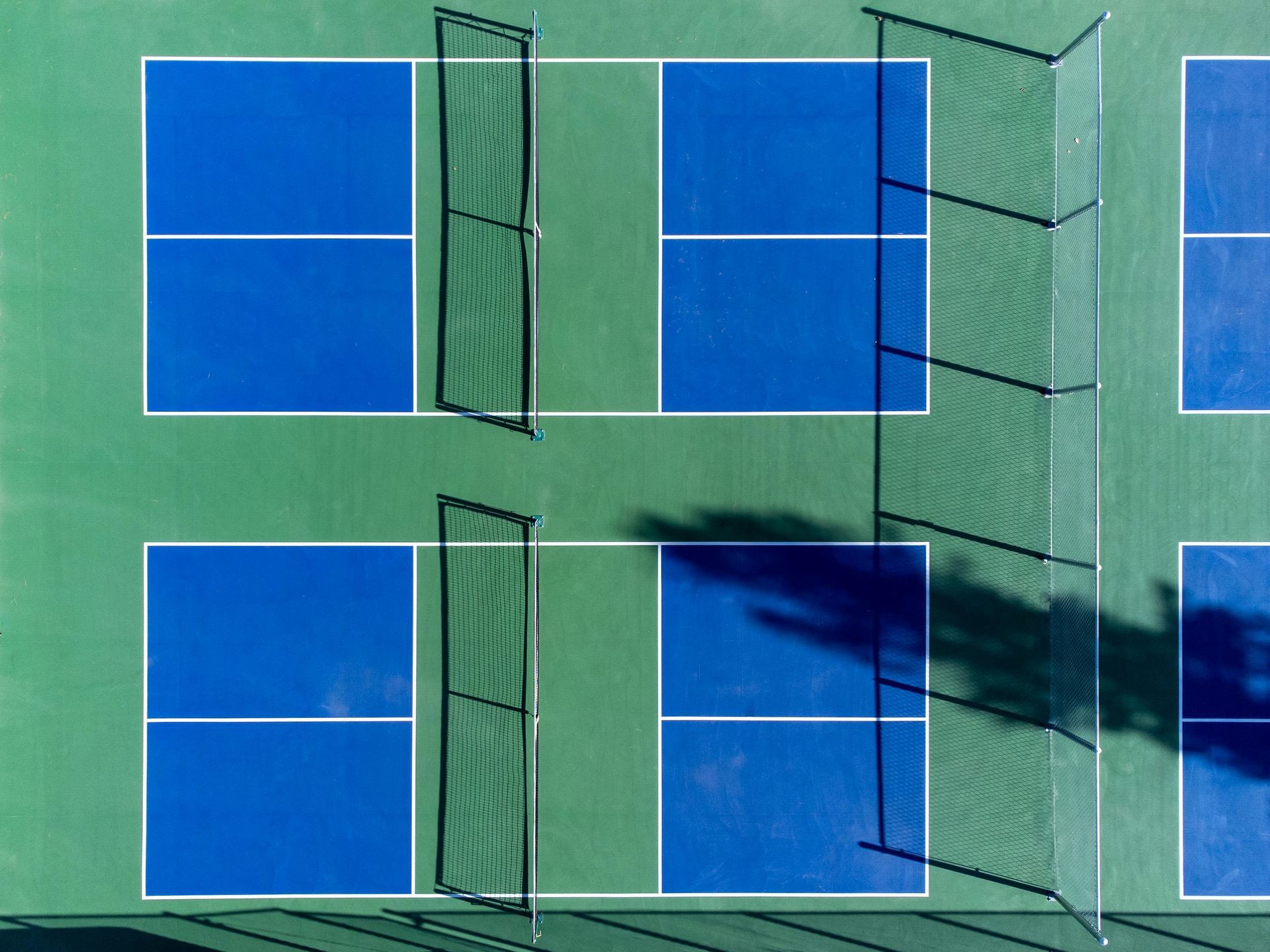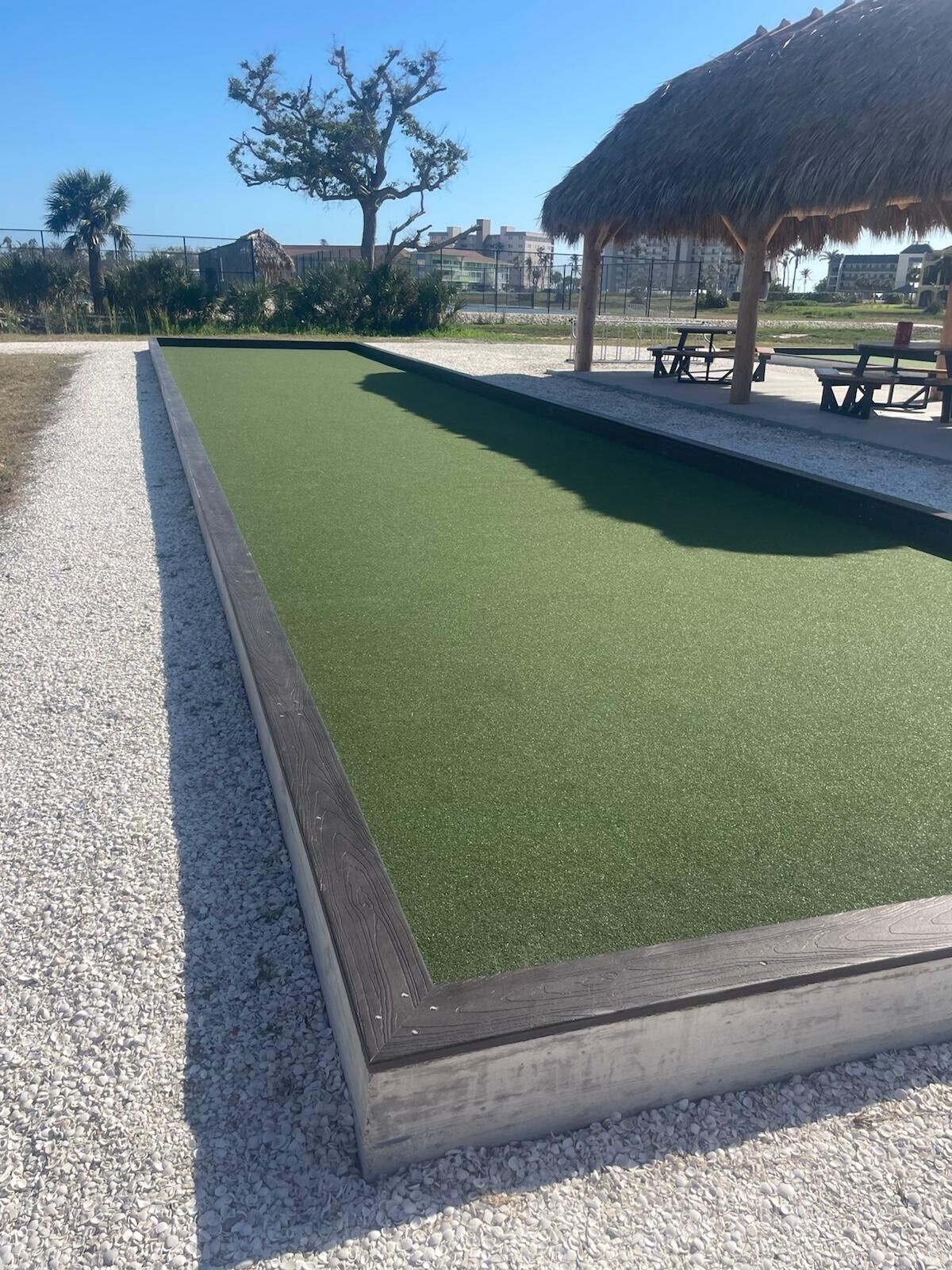Key Maintenance Steps After Tennis Court Resurfacing
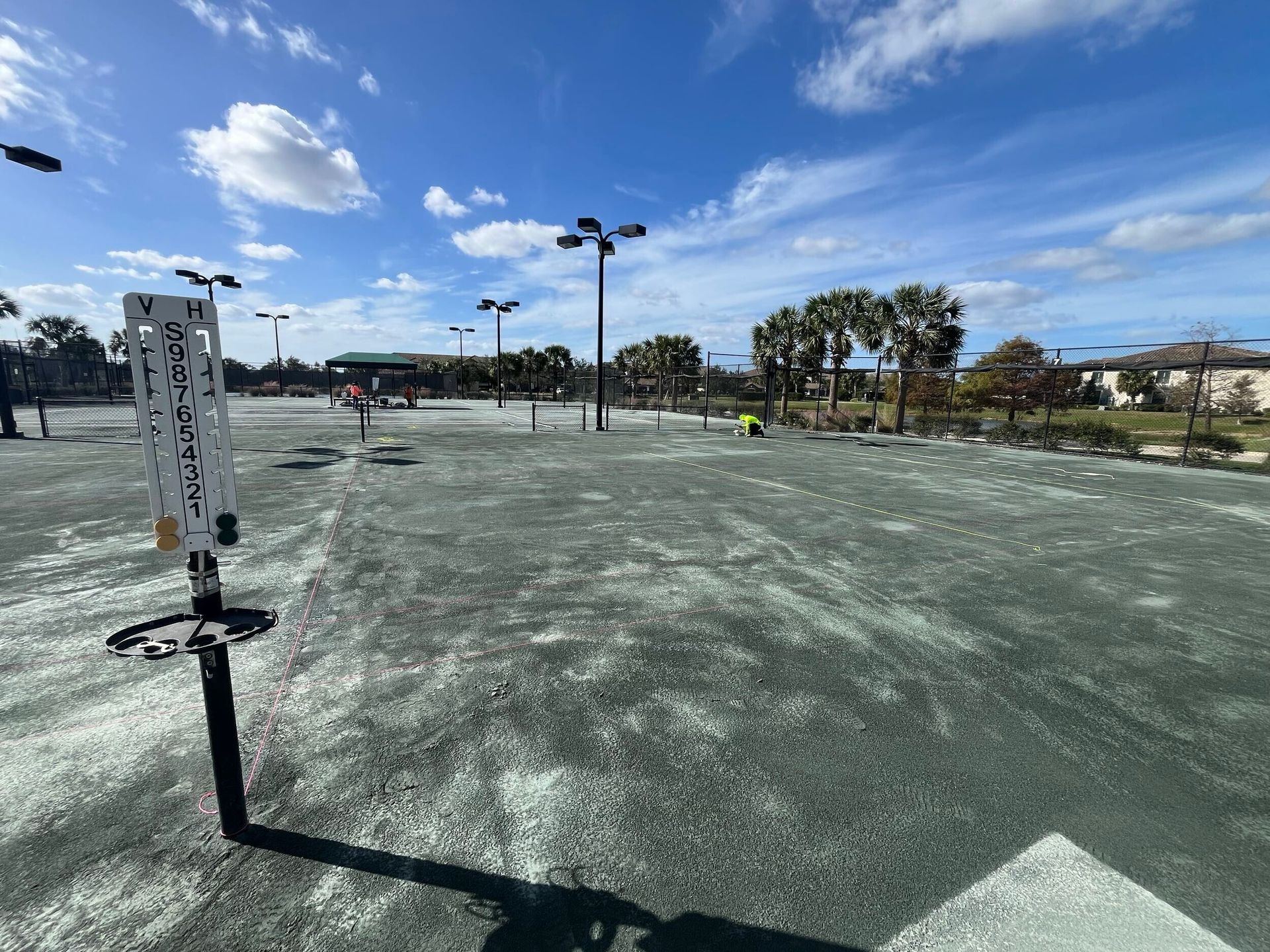
Taking the time to care for your newly resurfaced tennis court isn’t just about keeping it looking good. It’s about making sure it lasts, stays safe to play on, and feels great underfoot. Once the resurfacing job is complete, the real work begins to keep your investment in top shape. If you're managing a private court or a sports facility, knowing the right maintenance steps makes a big difference.
Curious about how to make your court last longer and perform better? Keep reading to discover all the essential maintenance tips in this full article.
Why Post-Resurfacing Maintenance Is Critical
After a fresh resurfacing, the materials need time to fully settle and cure. Poor maintenance during this period can shorten the lifespan of the surface. Regular upkeep helps keep colors vibrant, lines visible, and the surface smooth and safe.
Think of your court like a car. Even after getting a fresh coat of paint or a new set of tires, it still needs washing, tune-ups, and check-ins. A resurfaced court is no different.
How Often Should You Maintain a Resurfaced Tennis Court?
Maintenance doesn't have to be overwhelming. The key is consistency.
- Daily or weekly tasks: Blow or sweep off leaves, dirt, and debris.
- Monthly tasks: Inspect for minor cracks or drainage issues.
- Seasonal tasks: Deep clean, check for mold or mildew, and prepare for weather changes.
A basic schedule might look like this:
- Every week: Clear off all debris.
- Every month: Walk the court and inspect the surface.
- Every 6 months: Pressure wash with a mild cleaner.
- Every year: Get a professional inspection.
Essential Daily and Weekly Court Care Tasks
Small efforts each week help avoid big problems down the road. Don’t let dirt or leaves pile up.
- Use a soft-bristled broom or leaf blower to clear off debris.
- Remove any puddles that form, especially after rain.
- Avoid dragging chairs, bags, or equipment across the court.
- Encourage players to use proper tennis shoes only.
Seasonal Maintenance Tips for All Weather Conditions
Different seasons bring different challenges. You don’t need a full ground crew to handle them, just a bit of awareness and a plan.
In the summer:
- Keep the court cool by spraying it with water occasionally to prevent drying or cracking.
- Watch for UV damage in extremely sunny climates.
In the fall:
- Keep up with leaf cleanup.
- Check the drainage around the court as rain increases.
In the winter:
- Use a plastic shovel to gently remove snow.
- Never use salt or metal tools – these can destroy the court surface.
- If possible, avoid using the court during freezing temperatures.
In the spring:
- Clean thoroughly with a pressure washer.
- Look for signs of mold or mildew.
- Check for any cracks or bubbling.
Preventing Damage: What to Avoid on Your New Surface
Not all damage is caused by weather or use. Sometimes, it comes from what people bring onto the court.
- Keep food and drinks off the playing area.
- Avoid parking maintenance equipment or bikes on the surface.
- Use pads under benches and moveable items.
- Don’t let nets or posts drag when adjusting them.
If the court is used for other sports or activities, make sure they’re compatible with the court material.
Cleaning Your Tennis Court: Best Practices
Cleaning doesn’t need to be complicated, but it should be done right.
- Use a garden hose or low-pressure washer.
- Choose non-toxic, pH-neutral cleaners.
- Avoid power washers that are too strong, which can peel the coating.
- Spot clean any areas with bird droppings, tree sap, or mold.
Make sure the court is fully dry before reopening it for use. If you're unsure about the right cleaning materials, ask the resurfacing company or check guidelines from the manufacturer.
Proper Drainage and Water Management Strategies
Proper drainage and water management are critical for protecting a tennis court from long-term damage. Standing water can lead to serious problems such as surface bubbling, mold growth, and structural deterioration. Tennis court owners should prioritize regular maintenance to avoid these issues. Cleaning nearby gutters and downspouts helps direct rainwater away from the court and prevents overflow.
The landscaping around a tennis court should slope away from the playing surface. This prevents water from draining toward the court during heavy rain. Built-in tennis court drains should be checked and cleaned at least once per season to ensure proper function.
Persistent water pooling is a sign of poor grading or inadequate drainage. Professional evaluation and installation of improved drainage solutions may be necessary to protect the court and extend its lifespan.
Inspecting for Cracks, Bubbles, and Surface Damage
A newly resurfaced court should look pristine. But over time, issues can creep in. The key is to catch them early.
Here are some signs to watch for:
- Small hairline cracks or surface separations
- Bubbles under the surface
- Peeling or fading paint
- Uneven bounce or slick spots
If you catch these early, repairs are simple and inexpensive. Wait too long, and you might be looking at another resurfacing project.
Footwear, Equipment, and Usage Guidelines
Keeping the court in great shape isn’t just the job of the maintenance team – it’s also about educating players and users.
- Only allow tennis-specific shoes. No black soles, cleats, or running shoes.
- Post visible signage with usage rules.
- Restrict non-sport activities (skateboarding, cycling, etc.).
- Provide benches, water stations, and shade to keep users comfortable off the court.
When to Call the Pros: Professional Maintenance and Inspections
Even if you’re great at weekly care, a professional eye catches things you might miss. A certified court maintenance company can:
- Repaint faded lines
- Repair cracks or surface damage
- Improve or upgrade drainage
- Pressure wash with commercial-grade tools
Companies like Mor Sports Group specialize in full-service tennis court care. Whether you need an annual check-up or help managing a multi-court facility, they offer expert services to keep your court in top shape.
Mor Sports Group also provides customized maintenance plans based on your court usage, surface type, and regional weather conditions. From deep cleaning to long-term surface protection, their team works with schools, clubs, and private owners to extend the life of resurfaced courts while keeping them safe and tournament-ready year-round.
How Long Should a Resurfaced Tennis Court Last?
Most courts last between 4 to 8 years before needing another resurfacing. This depends on how well you maintain it, how often it’s used, and what the local climate is like.
To extend the life of your court:
- Follow a seasonal maintenance plan.
- Keep it clean and dry.
- Repair cracks and issues early.
- Get an annual professional inspection.
Conclusion
A resurfaced tennis court is a major investment, and it deserves to be treated like one. With the right care, your court can stay playable, attractive, and safe for many years. Maintenance isn’t about reacting when something breaks – it’s about keeping things working well from the start.
Take the time to educate court users, create a regular maintenance routine, and don’t be afraid to call in professionals when needed. Your court will thank you for it.
